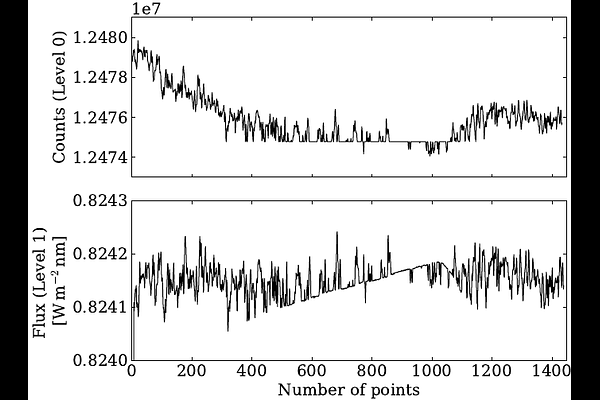Is convective turbulence the only exciting mechanism of global p modes in the Sun?

Is convective turbulence the only exciting mechanism of global p modes in the Sun?
E. Panetier, R. A. García, S. N. Breton, A. Jiménez, T. Foglizzo
AbstractIn solar-like oscillators, acoustic waves are excited by turbulent motion in the convective envelope and propagate inward, generating a variety of standing pressure modes. When combining together the power of several solar acoustic modes, an excess not compatible with pure stochastic excitation was found in some studies. This could be the signature of a second mode excitation source. With over 27 years of helioseismic data from the Sun as a star observations by the Solar and Heliospheric Observatory (SoHO), we aim to study the variation in mode energy over this period, covering solar Cycles 23, 24, and the beginning of Cycle 25. We focus on the possible sources of high peaks in the mode-energy time series, i.e. instrumental problems or other exciting mechanisms, such as flares or Coronal Mass Ejections. We reconstruct the energy time series for each mode with a sampling time of 1.45 days. By combining the small-time-scale variations in energy for several low-degree modes in the 2090-3710uHz range, we study the correlation between the modes and their compatibility with the hypothesis that modes are only stochastically excited by convection. The observed excitation rate significantly deviates from what would be expected in the case of a purely stochastic excitation. Our results indicate that this energy excess cannot be only attributed to instrumental effects and does not exhibit a cyclic variation. Although high-energy excesses are occasionally associated with observations of flares or CMEs, no consistent pattern could be identified. The excitation is slightly more frequent for modes probing the upper layer of the convective zone. Furthermore, the energy supply rate seems to vary over time with the mean value following a modulation that can match the Quasi-Biennial Oscillation (QBO) observed in other solar indicators, and the variance being anti-correlated with the cycle.